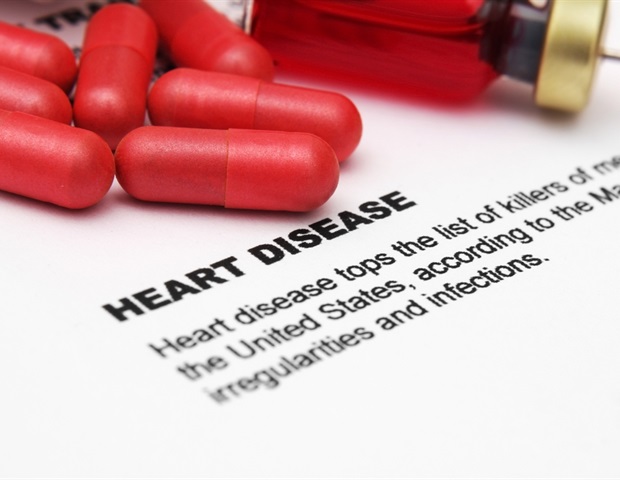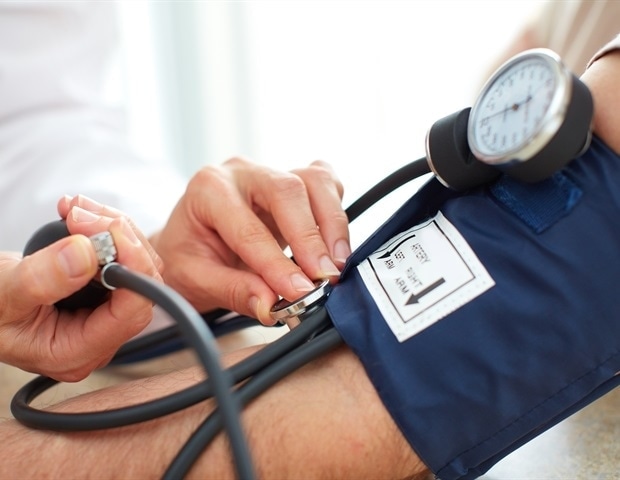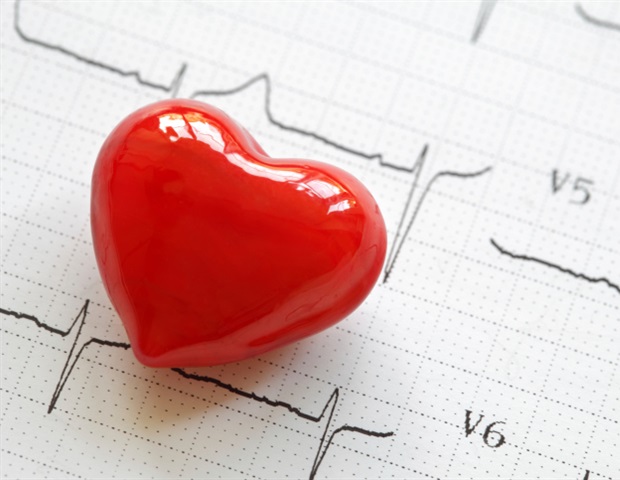In a latest research posted to the bioRxiv* preprint server, researchers assessed the impact of coronavirus illness 2019 (COVID-19) on human lung cells.
Extensively studied fashions of pathogenesis recommend the involvement of varied sorts of cells within the manifestation of extreme acute respiratory syndrome coronavirus 2 (SARS-CoV-2)-related signs. Nevertheless, the origin and order of molecular alerts that concentrate on sure cell teams are nonetheless unknown.
Concerning the research
Within the current research, researchers described an experimental mannequin of COVID-19 an infection to discover the early molecular occasions in addition to the pathogenic mechanism of SARS-CoV-2 on a mobile stage within the human lung tissue.
The group outlined the early steps concerned in SARS-CoV-2 an infection by acquiring sections of contemporary lung tissue from organ donors or surgical resections and subsequently exposing them to SARS-CoV-2. A plaque assay was later carried out on the supernatants of the tradition. The expression of viral and host genes throughout COVID-19 an infection was additional characterised by analyzing the lung tissue utilizing single-cell RNA sequencing (scRNA-seq). The group additionally explored the junctional processing and construction of the viral RNA molecules by assessing the scRNA-seq dataset in opposition to the SICILIAN framework which identifies RNA sequences that mapped discontinuously in a viral genome.
The lung cell tropism of SARS-CoV-2 was decided by straight evaluating the an infection of totally different lung cell sorts of their pure surroundings. This was achieved by utilizing probably the most particular and delicate markers among the many cells current in a wholesome human lung to detect the kinds of cells current within the cultures lung tissue and consider their viral RNA ranges.
Outcomes
The research outcomes confirmed that the era of infectious SARS-CoV-2 virions rose between 24 and 72 hours after culturing the SARS-CoV-2-infected lung tissue. The productive an infection was subsequently abated by the pre-activation of the viral shares achieved by the addition of both ultraviolet gentle, warmth, or remdesivir, which is a ribonucleic acid (RNA)-dependent RNA polymerase inhibitor.
The group famous that the quantity of viral RNA molecules discovered on every contaminated lung cell assorted extensively as nearly 99% of the contaminated cells contained few or no viral RNA molecules whereas the remaining of the contaminated cells had 10 to over 100 viral RNA molecules in every cell at 24 hours of tradition. At 72 hours of tradition, nearly 0.01% of the contaminated cells comprised over 1000 viral RNA molecules per cell, which indicated the steep enhance in viral manufacturing via this era.
The evaluation of the scRNA-seq dataset recognized subgenomic junctions among the many RNA sequence reads, suggesting the manufacturing of canonical SARS-CoV-2 mRNAs within the cultured lung tissues. Moreover, the group acknowledged a number of novel subgenomic junctions that indicated the manufacturing of assorted non-canonical in addition to canonical subgenomic viral RNAs throughout SARS-CoV-2 an infection.
The group additionally recognized a complete of 55 totally different molecular cell sorts within the human lung distributed throughout the primary tissue compartments. These included 80% of the cell sorts that outlined a wholesome human tissue with 5 extra varieties of lymphocytes akin to cytotoxic (CD4+) T lymphocytes, γδ T cells, regulatory T cells, tissue-resident reminiscence CD8+ T cells, and granzyme Okay (GZMK+) CD8+ T cell. The wholesome tissue additionally comprised culture-induced proliferative kinds of signaling alveolar sort 2 (AT2-s) cells, pure killer (NK) cells, dendritic cells (DCs), and fibroblasts.
Notably, 10 to twenty viral RNAs had been present in nearly one-third of the lung cell sorts of the contaminated cell cultures. Cells having a better quantity of viral RNA molecules had been uncommon and had been primarily restricted to 6 sorts of cells which included AT2 cells, lipofibroblasts, myofibroblasts, NK cells, T cells, and macrophages. The group remarked macrophages accounted for 75% of the contaminated cells with 50 or extra viral distinctive molecular identifier (UMI) per cell. Nevertheless, such cells having larger viral ranges totaled as much as solely 0.5% of all macrophages which indicated inefficient viral entry.
Moreover, clustering the genetic expression traits of macrophages within the cultured lung tissue displayed the separation of the genetic profiles in three totally different clusters. Amongst these, one had larger expressions of genes together with features associated to mature alveolar macrophages (AMs), akin to main histocompatibility advanced class II (MHCII) genes, and lipid homeostasis. The second cluster included interstitial macrophages (IMs) that expressed low ranges of the AM markers whereas the third cluster included genes expressing nuclear issue kappa gentle chain enhancer of activated B cells (NF-KB) signaling and cells just like IMs.
Total, the research findings confirmed that activated interstitial macrophages had been probably the most prone goal for SARS-CoV-2 an infection within the lungs and the prime focus of irritation. The researchers imagine that the current research can be utilized to additional develop therapeutic approaches for lung infections like COVID-19.
*Essential discover
bioRxiv publishes preliminary scientific reviews that aren’t peer-reviewed and, due to this fact, shouldn’t be thought to be conclusive, information scientific observe/health-related habits, or handled as established info.





